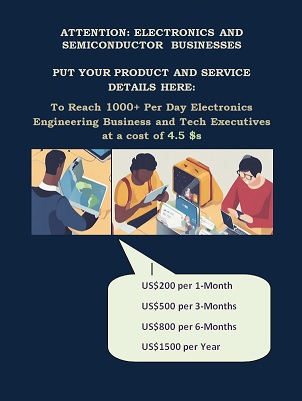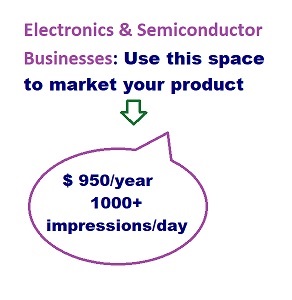VESA updates DisplayPort to support 4-meter cable length and also one for automotive
Date: 09/01/2024
Video Electronics Standards Association (VESA), who owns and updates DisplayPort specs has announced two new updates separately for gaming and automotive at CES 2024.
1. Gaming:
VESA published the latest update to DisplayPort, version 2.1a replacing VESA certified DP40 ultra-high-bit-rate (UHBR) cable specification with a new VESA certified DP54 UHBR cable spec to enable up to four-lane UHBR13.5 link rate support (a maximum throughput of 54 Gbps) over a two-meter passive cable. This enables doubling passive cable length for UHBR13.5 GPU-to-display connections which previously could only be supported through a DP80 UHBR cable. This will benefit consumer with greater flexibility in their gaming or workstation setup. Monitors enabled with UHBR13.5 can drive resolution/refresh rate combinations as high as 8K2K at 240Hz or 8K4K at 120Hz over four lanes. While VESA is eliminating the DP40 cable spec, existing DP40 cables that have been shipped to date have been confirmed by VESA through rigorous testing to be compliant with the DP54 cable spec and support UHBR13.5 link rates. Sink and source devices supporting UHBR20 link rates (a maximum throughput of 80 Gbps using all four lanes) continue to be supported by VESA certified DP80 UHBR cables. The new DP54 cable specification enables support of both UHBR10 and UHBR13.5 sink and source devices with passive cable lengths of up to two meters.
“With the latest update to DisplayPort, the UHBR13.5 cable spec is now purpose built to provide both UHBR10 and UHBR13.5 monitors and graphics cards with a longer passive cable. Consumers are no longer limited to connecting UHBR13.5 sink and source devices with a one-meter DP80 cable, which provides more bandwidth support than what their hardware needs and, in some cases, might be too short for their set-up, for example with ultra-wide curved displays,” stated James Choate, compliance program manager for VESA.
2. Automotive:
VESA also published a new Automotive Extension Services protocol specification for both DisplayPort 2.1a and the latest version of VESA’s Embedded DisplayPort (Edp) specification, version 1.5a. This new protocol extension provides support for automotive display functional safety as well as secure integrity and authentication for up to 16 display regions of interest. With the VESA Automotive Extension Services protocol, VESA has for the first time established a standard for vehicle displays that can enable display safety engineers to achieve ISO 26262 ASIL-D* – the holy grail of electronic safety integrity. Silicon manufacturers are already adopting VESA’s Automotive Extension Services protocol today for chipsets that will be integrated in future vehicles.
Modern vehicles are integrating more number of high resolution displays for safety, information as well as content consuming purposes. DisplayPort or Edp help in streaming video packets of data to mutiple destination of displays via single DP source port.
The new update fulfill the need of standardized way to verify that the data transmitted from the GPU was received by the display in the same way that it was sent, ensuring it is free of noise injection or errors. It features a mandatory functional safety profile for the main data path and metadata that uses very-high-safety-rated cyclical redundancy check (CRC) polynomial mathematical signatures for every frame of video data across the data path. This ensures that a frame never gets dropped or repeated so that critical events are always captured and never missed.
The protocol also features more advanced optional profiles that provide functional safety for the DisplayPort Aux channel, which carries command and control data for the video source device; security authentication and integrity checking on the data path, to prevent unauthorized tampering with the video data or the physical displays themselves; and encryption of the DisplayPort Aux channel, to prevent hackers from reading information on the types of displays in the vehicles that could be used to tamper with the displays.
“Displays are increasingly being integrated into automobiles, which provides a valuable infotainment resource for drivers and passengers but can also create opportunities for safety errors and data breaches if not properly secured,” stated Bill Lempesis, executive director of VESA. “As the world’s leading standards body for the global display industry, VESA takes automotive display safety and security seriously. Leveraging the latest versions of DisplayPort and Edp with VESA’s Display Stream Compression (DSC) codec, our new Automotive Extension Services protocol can handle the safety and security needs of virtually every safety-critical display in the vehicle from a single cable. We are issuing a call to electronics, displays and automotive manufacturers to join our efforts in continuing to shape this new Automotive Extension Services protocol to address the future challenges and needs facing the automotive industry and consumers.”
Source: VESA

